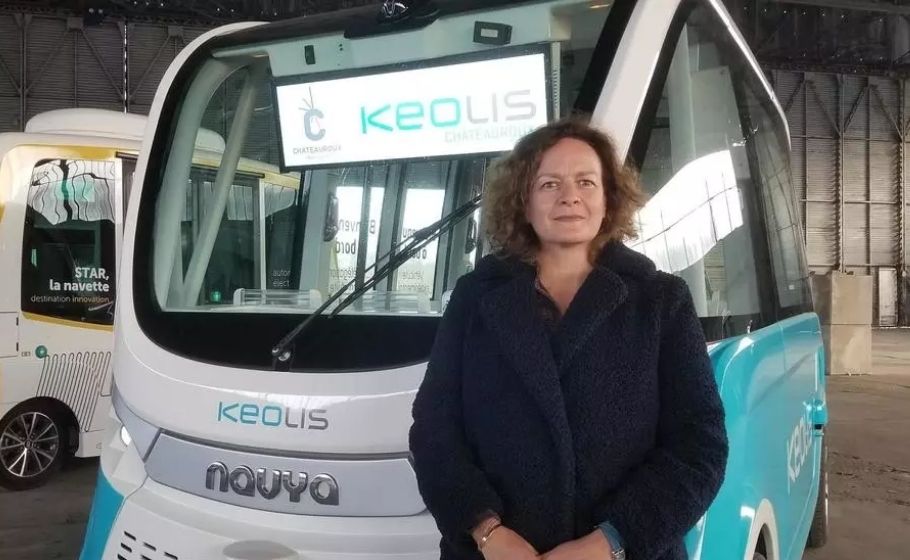
From The Lab: Making autonomous shuttles fit for public roads in France
Keolis, a subsidiary of the national French transport company SNCF, recently won a bid for a new line of driverless shuttles to carry passengers from a train station in Saint-Quentin in the Yvelines department, around 30 km from Paris, to set down points in the area.

Keolis, a subsidiary of the national French transport company SNCF, recently won a bid for a new line of driverless shuttles to carry passengers from a train station in Saint-Quentin in the Yvelines department, around 30 km from Paris, to set down points in the area.
The shuttles, which are scheduled to start operating from March 2021, will travel on the same public roads as the normal traffic.
Scheherazade Zekri, the director of New Mobilities at Keolis Group, supervises operators handling the autonomous shuttles that are being tested at the sprawling company facility in Châteauroux in central France.
Zekri says the testing facility ensures the shuttles are fit for public roads. “We can improve the functioning of the vehicles and their ability to adapt to different traffic environments by simulating the conditions at the test site,” she said.
The site in Châteauroux has been used since December 2019 by Keolis which has developed an expertise in operating autonomous shuttles, after deploying 35 autonomous shuttle services around the world, notably in Europe, UK, US, Canada and Australia.
According to Zekri, the autonomous shuttles could play a key role as ‘a last mile solution’, a transport solution that links people to mainstream public transport.
“Thanks to the maturity of the technology, and also the maximum speed that we can run which is 25 km/hr, it is ready to connect the first and the last mile to the transport networks. What’s important for us is to complement the existing network of transportation by having this micro mobility,” she says.
The shuttles are equipped with a host of sensors, computers, cameras and LIDAR (Light Detection and Ranging, a remote sensing method used to map the surface of the Earth) which enables them to run autonomously.
The first thing to do to enable the vehicles is to map the vehicles’ path. The LIDAR does this by localising its position on the path, or the route. This helps the shuttle to follow the path. Whenever it moves off the path, it can adjust its trajectory to the pre mapping that has already been done on the computer, Zekri says.
While these shuttles will run autonomously, their journey will be monitored from a supervision centre. Additionally, an operator will always be on board to take control of the shuttle in case there is a problem while running on public roads.
The introduction of 5G technology is expected to greatly improve the efficiency of autonomous public transport vehicles.
Keolis was a part of the recent project in Stockholm, in Sweden, that involved running a driverless vehicle using a 5G network.
“It will help to reduce the latency. We found out that we can go up to 10 milliseconds in a secure network. 5G will also improve the speed of the data transmission that will improve the reliability of the vehicles in terms of safety and have a higher performance than what we have today,” Zekri says.
“It will therefore play an important role in the remote supervision of driverless shuttles,” she adds.


